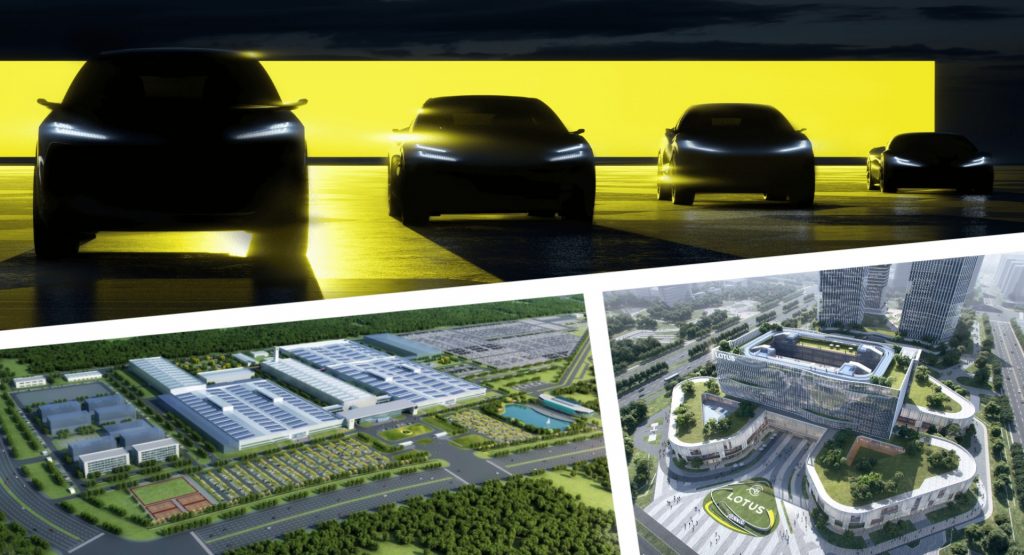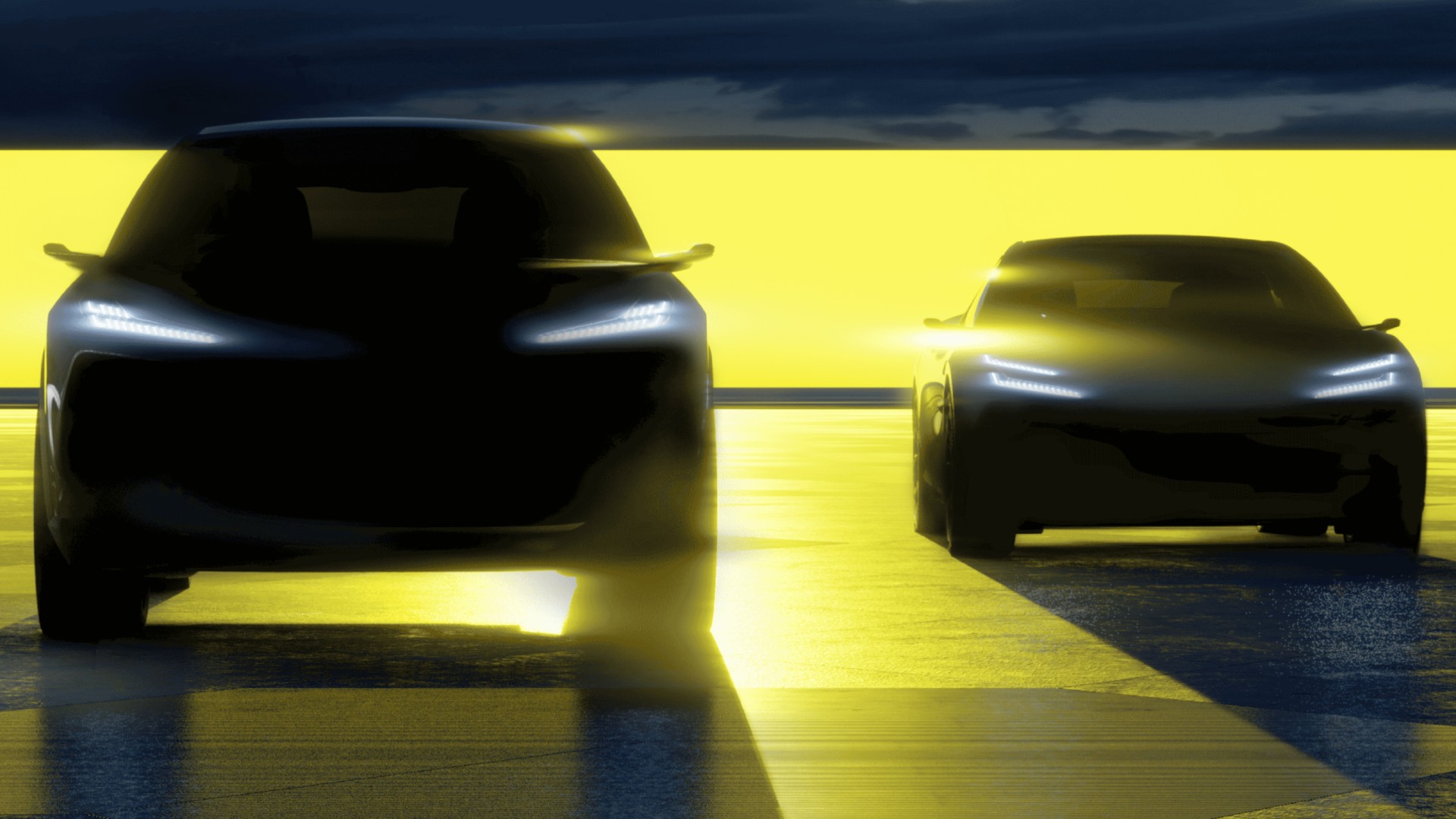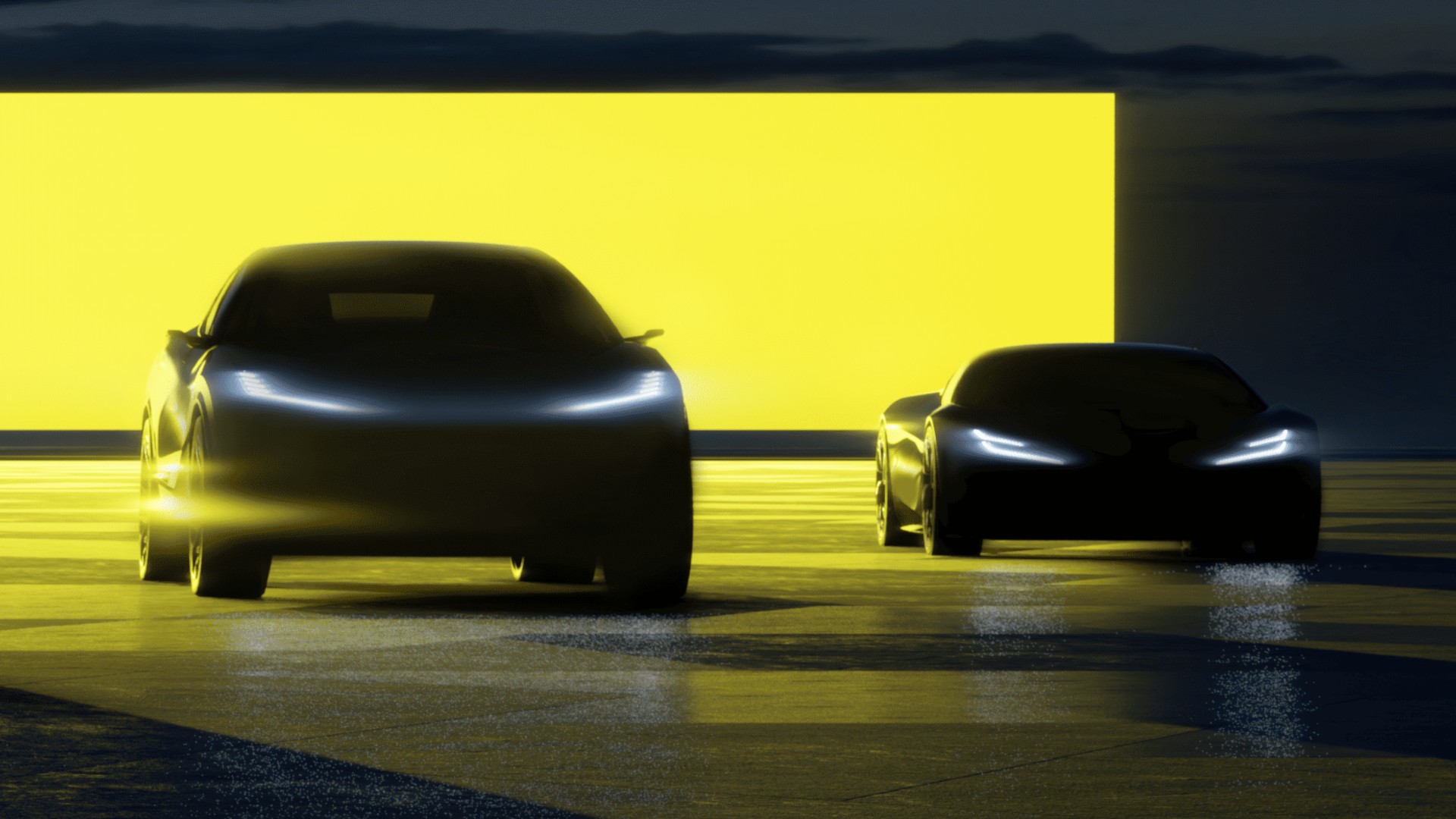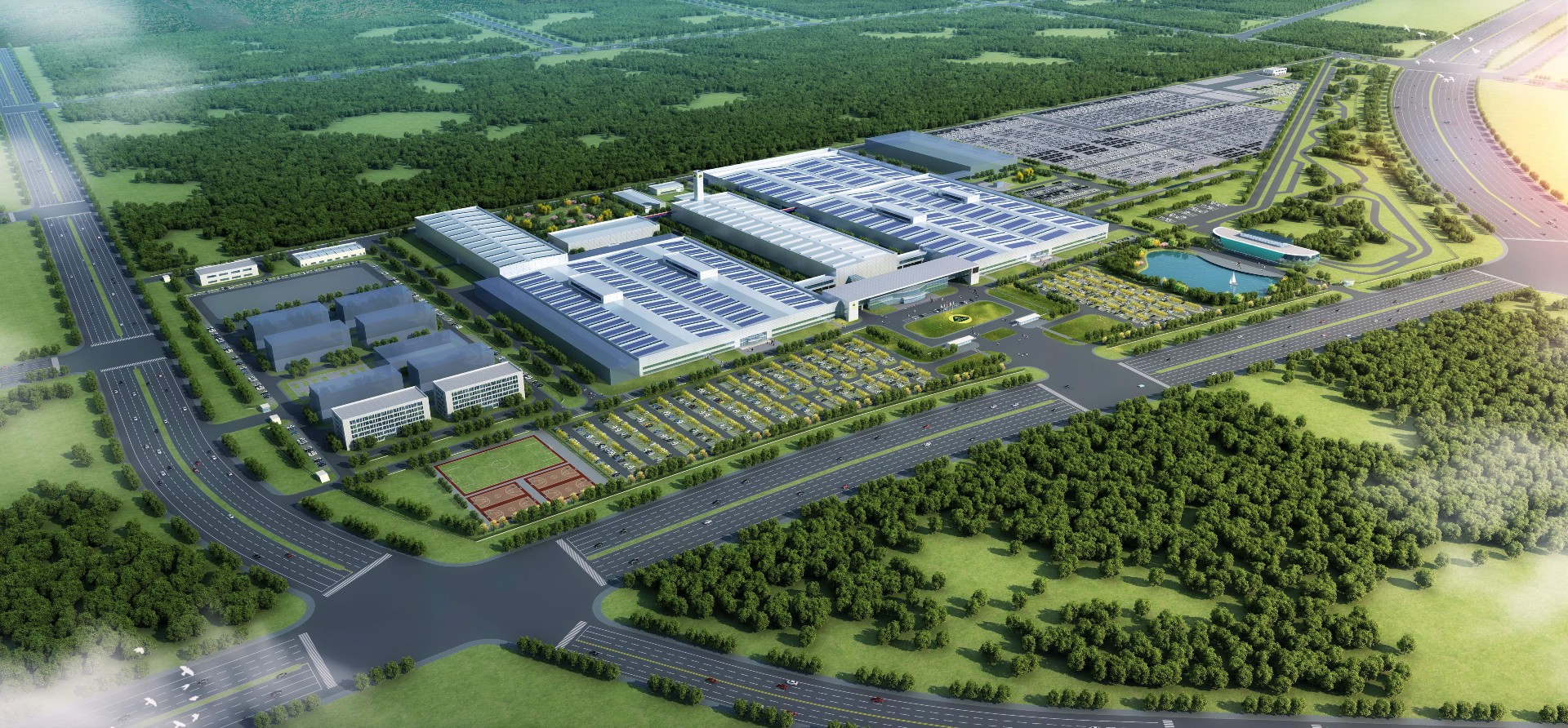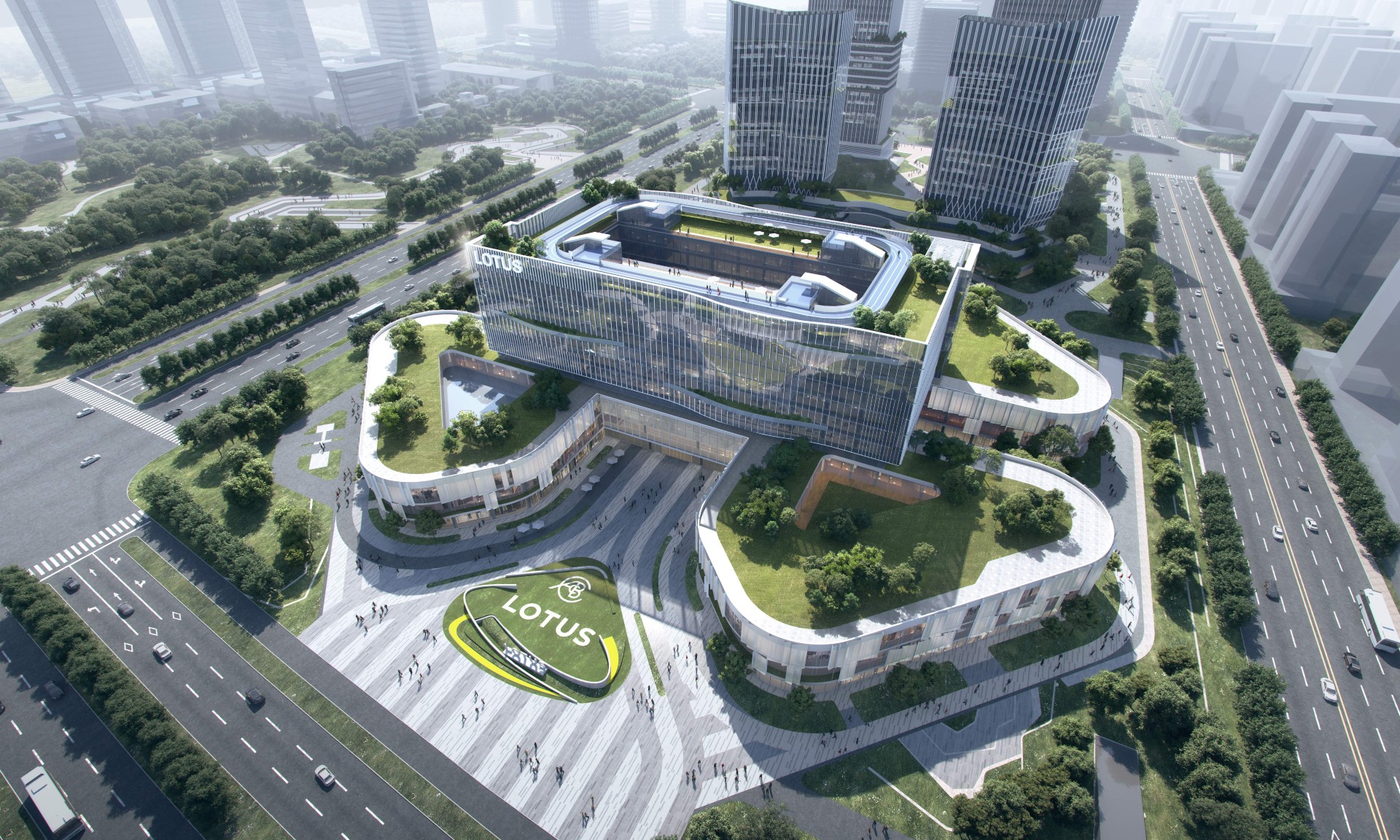Lotus released a teaser photo showing four new fully electric models, planned to arrive between 2022 and 2026 while announcing the new Lotus Technology subsidiary with its headquarters opening in 2024.
The Geely-owned British carmaker will soon complete its new Wuhan EV factory in China with a capacity of up to 150,000 vehicles for global markets.
Starting with the upcoming models, all of them will be based on the upcoming Lotus Premium architecture. This platform can accommodate C-Segment and E-Segment vehicles with a wheelbase ranging from 2,889 mm (113.7 inches) up to 3,100 mm (122 inches) however this can be expanded further in the future.
The new electric Lotus models will use 92-120 kWh batteries with 800V technology, and they will be capable of accelerating from 0-100 km/h (0-62 mph) in less than three seconds.
Lotus’ EV range expansion will start with an E-segment SUV, internally called Type 132, which will premiere in 2022. The high-riding model, which can be seen on the left of the image above, will be followed by its four-door coupe (Type 133) variant in 2023.
The shadowy teaser doesn’t reveal much besides the silhouette of the cars and the LED graphics on the headlights. We can also see door mirror-replacing cameras and a grille-less look for the front, communicating the electric powertrain. While Lotus hasn’t revealed pricing or performance data for the upcoming models, we guess they will be direct rivals to the Mercedes-Benz EQE sedan and SUV, the Tesla Model S and Model X, the upcoming BMW i5, and iX5 plus the Porsche Taycan.
The next couple of models will be a D-Segment SUV (Type 134) coming in 2025 and a fully electric sportscar (Type 135) in 2026. The first seems to bear similarities with its bigger brother but it comes with a more aerodynamic body and smaller exterior dimensions. It will rival the likes of the upcoming Porsche Macan EV, BMW iX3, Tesla Model Y, Audi Q6, and Mercedes-Benz EQC.
Read Also: Lotus And Alpine Team Up To Develop Fully-Electric Sports Car
Last but not least, Lotus’ first fully-electric sportscar – considering that the Evija is a hypercar – will feature an aggressive stance with wide fenders and mid-engined proportions. This one will be developed in collaboration with Alpine, which will also offer a sister model.
Lotus is currently offering the Evija flagship hypercar, plus the new Emira sportscar as the carmaker’s last ICE-powered model. The Evija and the Emira will continue being produced in Hethel, UK.
The all-new Lotus factory in Wuhan (China) is almost ready to start production of the new EV models, following an investment of over $1,23 billion. According to the company, it will open later this year with a capacity of 150,000 vehicles per year, which sounds crazy for Lotus standards.
See Also: New Lotus Emira With AMG A35 And Toyota V6 Engines Is Brand’s Farewell To Combustion Cars
The facilities are covering an area of over 1 million square meters and will be the first plant in the world integrating an “intelligent test track”. This will include an advanced system allowing cars to be transported into workshops “using autonomous driving technology without any human intervention”, and be large enough to accommodate vehicles “driving at speeds up to 140mph (230km/h) through 16 corners”.
Another cool announcement is the new Lotus Technology subsidiary that will get its own headquarters in Wuhan, China. Its goal will be to accelerate innovation in the fields of EV batteries, energy management, electric motors, ECU, intelligent driving, intelligent manufacturing, etc. Chinese company NIO has invested in Lotus Technology, stating interest in exploring “opportunities for mutually beneficial industrial cooperation” in the future.
Staying true to its driver-oriented DNA, Lotus also announced the “track-level intelligent drive” system which will be developed in the next decade. According to Lotus, the goal of this technology is to help drivers in performing “as well as an F1 driver on track, while increasing driver safety and improving performance on the road through advanced software and hardware”. Sounds quite promising.




